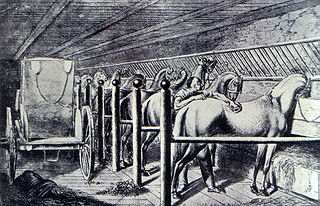 W
WAn animal stall is an enclosure housing one or a few animals. Stalls for animals can often be found wherever animals are kept: a horse stable is often a purpose-built and permanent structure. A farmer's barn may be subdivided into animal stalls or pens for cows and other livestock.
 W
WA branding iron is used for branding, pressing a heated metal shape against an object or livestock with the intention of leaving an identifying mark.
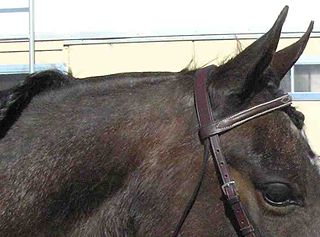 W
WThe bridle path is a shaved or clipped section of the mane, beginning behind the ears of a horse at the poll, delineating the area where the crownpiece of the bridle lies. Bridle paths are a common style of grooming in the United States, but are not seen as often in Europe.
 W
WAn easy keeper, easy doer or good doer is a livestock animal that can live on relatively little food. The opposite of an easy keeper is a hard keeper, an animal that is prone to be too thin and has difficulty maintaining adequate weight.
 W
WEquine nutrition is the feeding of horses, ponies, mules, donkeys, and other equines. Correct and balanced nutrition is a critical component of proper horse care.
 W
WFreeze branding is a branding process that involves the use of liquid nitrogen or dry ice and alcohol to cool a branding iron so that the iron may then be used to alter the hair follicle of an animal to remove the pigmentation or to remove the hair altogether, depending on the color of the animal. Hair in the branded area will grow back white. On animals with white hair or no hair, the iron is left on the skin long enough so that the hair falls out and the area is balded or the skin depigmented. It is most commonly used as an identification mark for ownership.
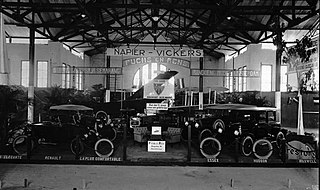 W
WF.J. Fuchs was a harness, saddle, buggy, horse, carriage, tire and automobile supply business headquartered in Batavia, Dutch East Indies with shops and garages in various cities in Java and in Medan, Sumatra. The company became known as Fuchs en Rens. It rented and eventually sold horses, carriages, cattle and motor cars as well as offering maintenance and repair services at various garages and workshops. Fuchs & Rens was Batavia's main supplier of cars and tires and left a legacy of buildings in various Indonesian cities. Two of the company's three buildings in the western part of Tanah Abang were demolished in the 21st century to make way for a restaurant.
 W
WA hard keeper or poor doer is a horse or other livestock animal that is naturally prone to be thin, will lose weight quickly, and has difficulty gaining weight.
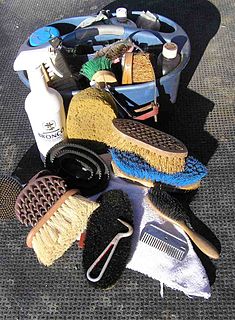 W
WHorse grooming is hygienic care given to a horse, or a process by which the horse's physical appearance is enhanced for horse shows or other types of competition.
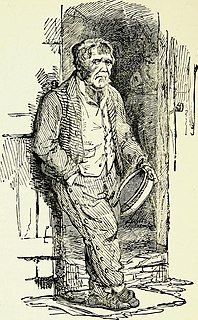 W
WA hostler or ostler is a groom or stableman, who is employed in a stable to take care of horses, usually at an inn. Today the word has acquired additional meanings, particularly in the railroad industry.
 W
WA hot walker within the practice of horse management is a person such as a groom or stable worker who hand walks hot, sweaty horses after a workout, particularly after work on a racetrack. The term hot walker may also refer to a mechanical device designed for the same purpose.
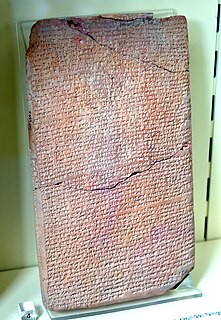 W
WKikkuli was the Hurrian "master horse trainer" of the land Mitanni" and author of a chariot horse training text written in the Hittite language, dating to the Hittite New Kingdom. The text is notable both for the information it provides about the development of Indo-European languages and for its content.
 W
WA livery yard, livery stable or boarding stable, is a stable where horse owners pay a weekly or monthly fee to keep their horses. A livery or boarding yard is not usually a riding school and the horses are not normally for hire. Facilities at a livery yard normally include a loose box or stable and access for the horse to graze on grass.
 W
WLivestock branding is a technique for marking livestock so as to identify the owner. Originally, livestock branding only referred to hot branding large stock with a branding iron, though the term now includes alternative techniques. Other forms of livestock identification include freeze branding, inner lip or ear tattoos, earmarking, ear tagging, and radio-frequency identification (RFID), which is tagging with a microchip implant. The semi-permanent paint markings used to identify sheep are called a paint or colour brand. In the American West, branding evolved into a complex marking system still in use today.
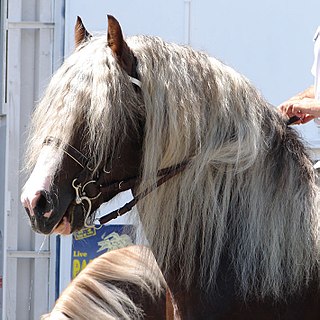 W
WOn horses, the mane is the hair that grows from the top of the neck of a horse or other equine, reaching from the poll to the withers, and includes the forelock or foretop. It is thicker and coarser than the rest of the horse's coat, and naturally grows to roughly cover the neck. Heredity plays a role, giving some horses a longer, thicker mane, and others a shorter, thinner one.
 W
WMews is a British name for a row or courtyard of stables and carriage houses with living quarters above them, built behind large city houses before motor vehicles replaced horses in the early twentieth century. Mews are usually located in desirable residential areas having been built to cater for the horses, coachmen and stable-servants of prosperous residents. The renovated servants quarters provide attractive housing in the best locations with off-street parking in the carriage house and stable.
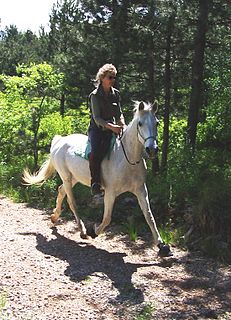 W
WNatural hoof care is the practice of keeping horses so that their hooves are worn down naturally and so do not suffer overgrowth, splitting and other disorders. Horseshoes are not used, but domesticated horses may still require trimming, exercise and other measures to maintain a natural shape and degree of wear.
 W
WOn Horsemanship is the English title usually given to Περὶ ἱππικῆς, peri hippikēs, one of the two treatises on horsemanship by the Athenian historian and soldier Xenophon. Other common titles for this work are De equis alendis and The Art of Horsemanship. The other work by Xenophon on horsemanship is Ἱππαρχικὸς, hipparchikos, usually known as Hipparchicus, or The cavalry commander. The title De re equestri may refer to either of the two.
 W
WA paddock is a small enclosure for horses. In the United Kingdom, this term also applies to a field for a general automobile racing competition, particularly Formula 1.
 W
WA picket line is a horizontal rope along which horses are tied at intervals. The rope can be on the ground, at chest height or overhead. The overhead form is usually called a high line.
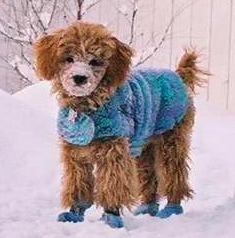 W
WA rug (UK), blanket, or coat is a covering or garment made by humans to protect their pets from the elements, as in a horse rug or dog coat.
 W
WA shipping bandage, shipping boot, or shipping wrap, is a type of stable bandage or boot used on the lower legs of a horse to protect the animal while travelling in a horse trailer or other conveyance. The bandage starts just below the knee or hock, and ends at the floor, protecting the cannon bone, tendons of the lower leg, fetlock, pastern, coronet, and heels of the horse. Some boot designs extend slightly above the knee and hock, offering protection to the joints in the event the horse bumps its upper legs on the sides of the trailer.
 W
WA stable is a building in which livestock, especially horses, are kept. It most commonly means a building that is divided into separate stalls for individual animals. There are many different types of stables in use today; the American-style barn, for instance, is a large barn with a door at each end and individual stalls inside or free-standing stables with top and bottom-opening doors. The term "stable" is also used to describe a group of animals kept by one owner, regardless of housing or location.
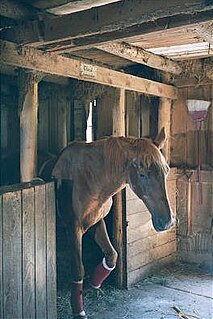 W
WA stable bandage, or standing bandage/wrap, is a type of wrap used on the lower legs of a horse. A stable bandage runs from just below the knee or hock, to the bottom of the fetlock joint, and protects the cannon bone, tendons of the lower leg, and fetlock joint.
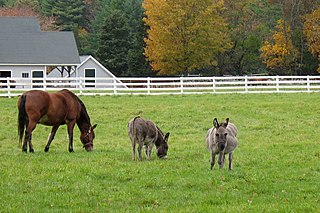 W
WStable vices are stereotypies of equines, especially horses. They are usually undesirable habits that often develop as a result of being confined in a stable with insufficient exercise, boredom, hunger, excess energy or isolation. They present a management issue, not only leading to facility damage from chewing, kicking, and repetitive motion, but also lead to health consequences for the animal if not addressed. They also raise animal welfare concerns.
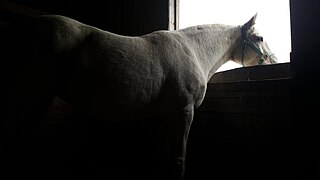 W
WWeaving is a behaviour in horses that is classified as a stable vice, in which the horse repetitively sways on its forelegs, shifting its weight back and forth by moving the head and neck side to side. It may also include swaying of the rest of the body and picking up the front legs. Some horses exhibit non-stereotypical weaving, and instead engage in variations on this behavior.